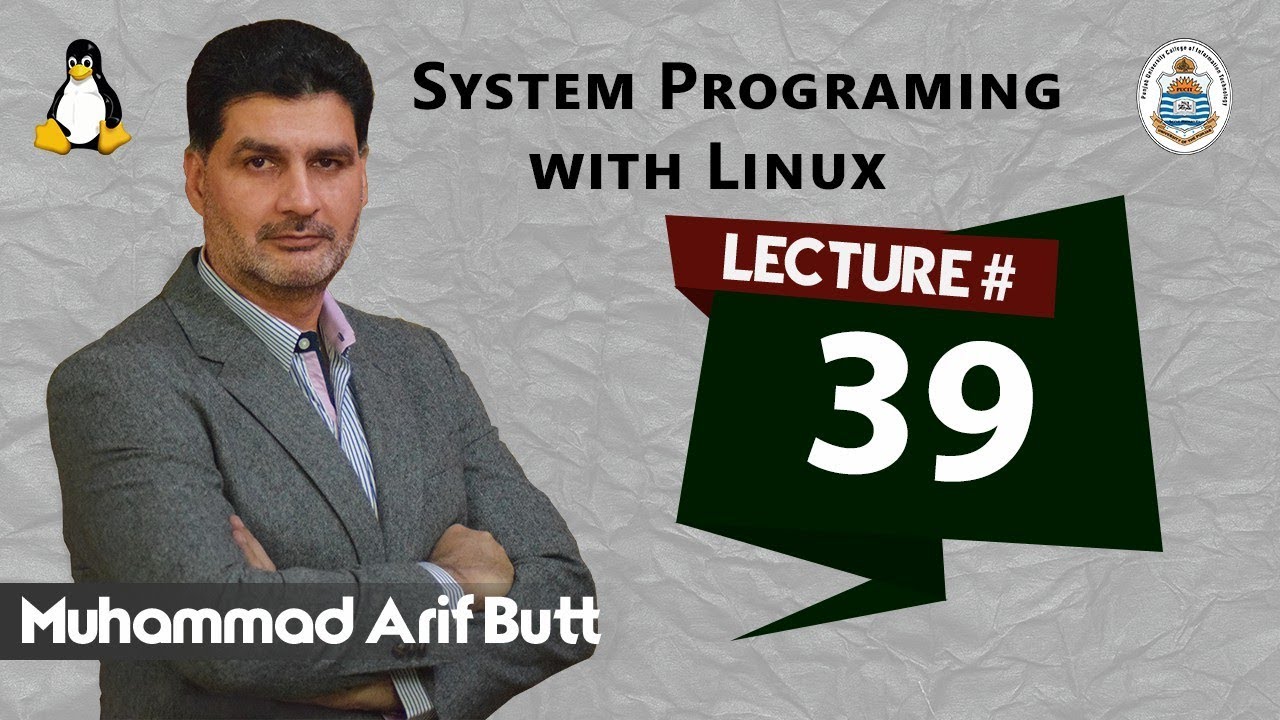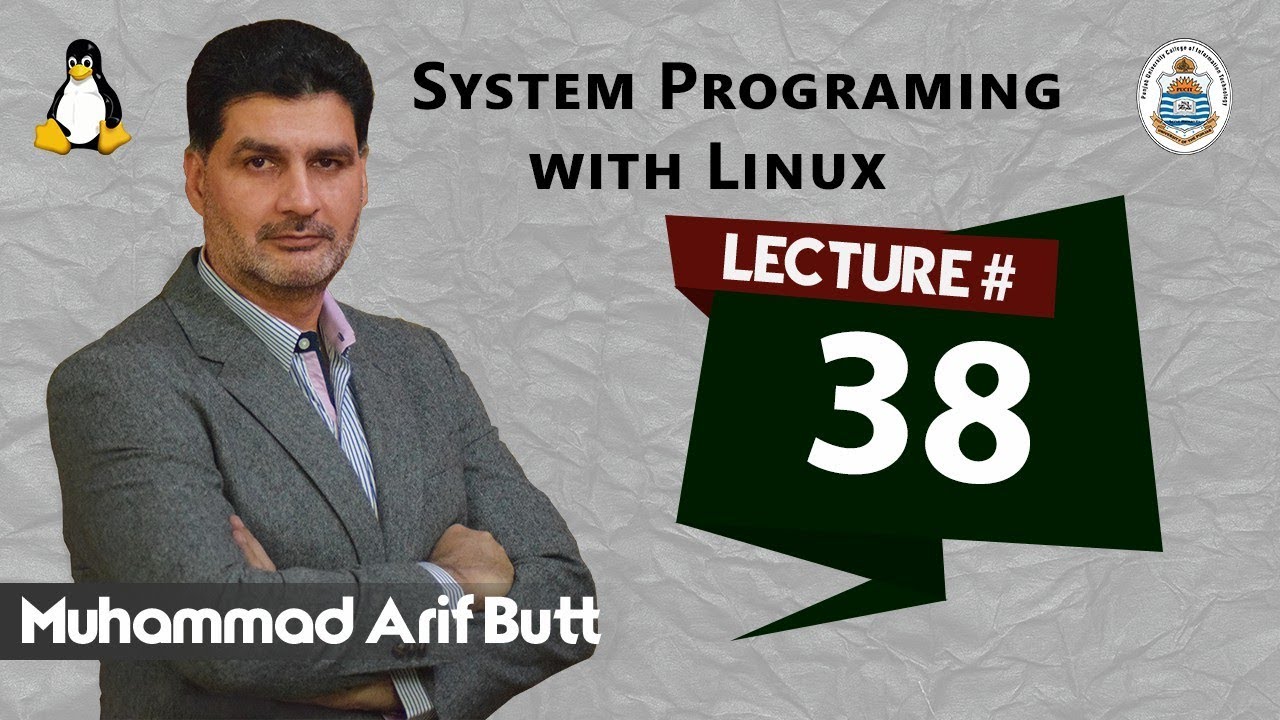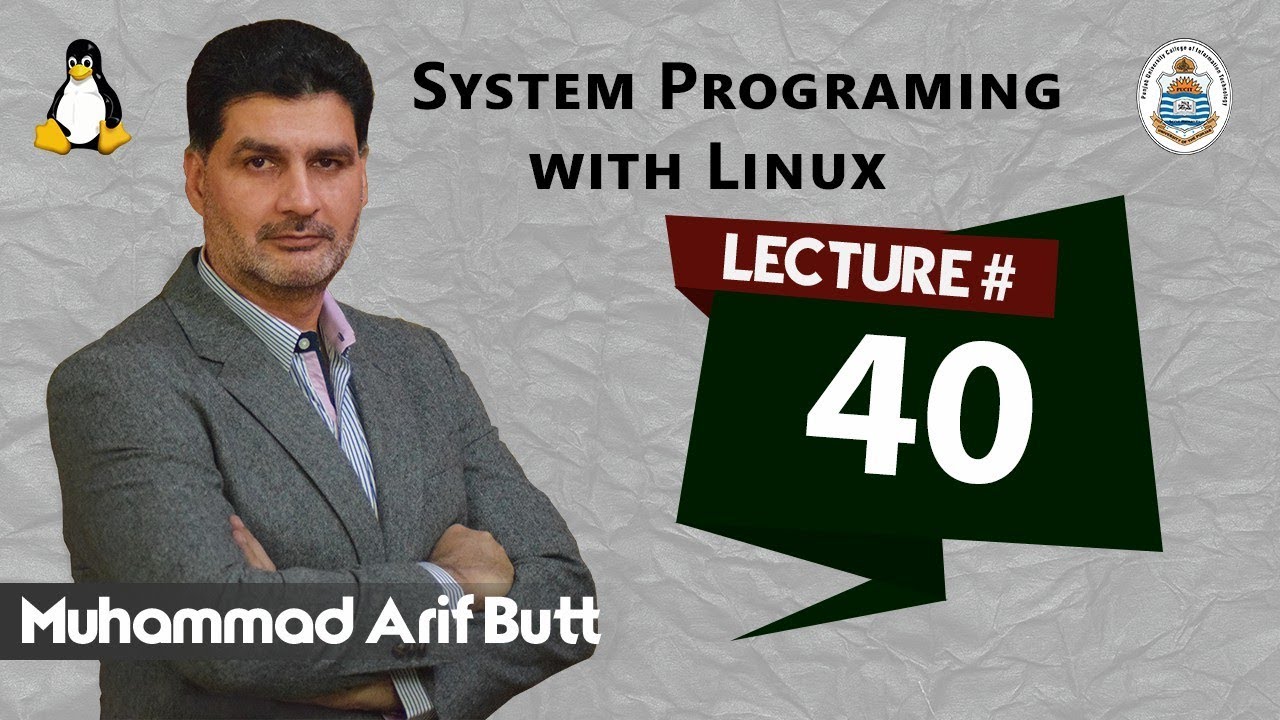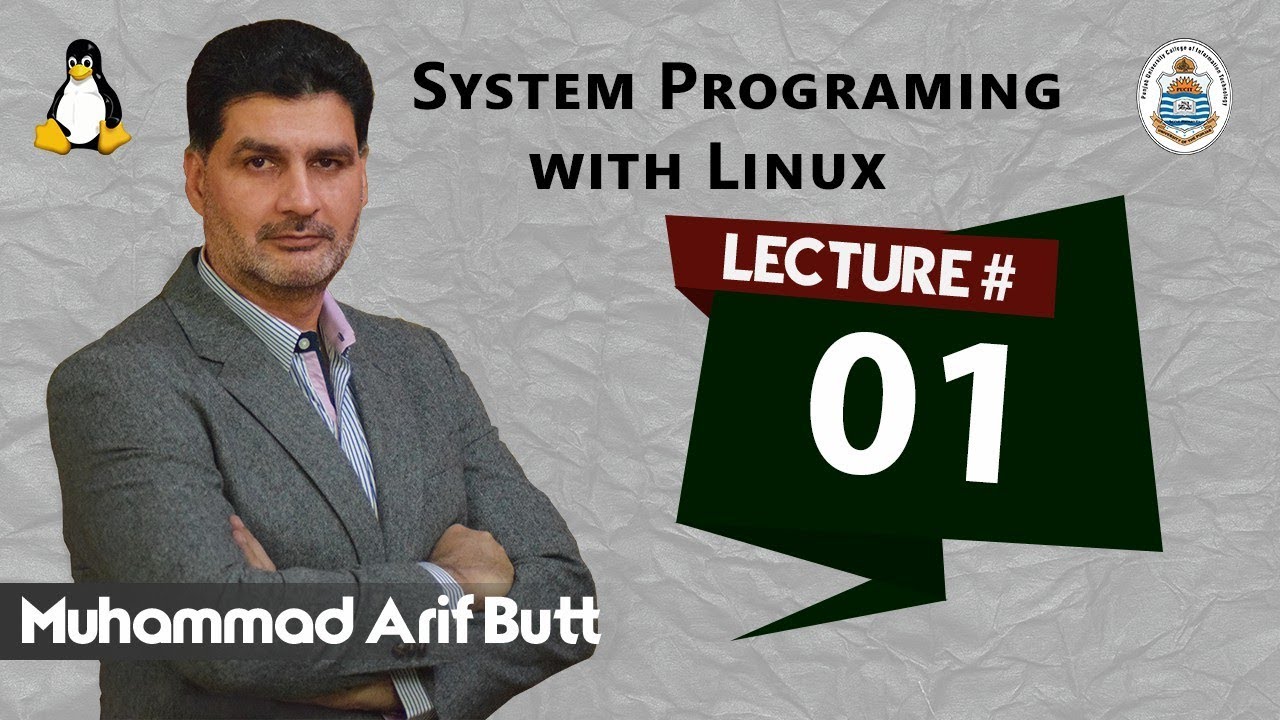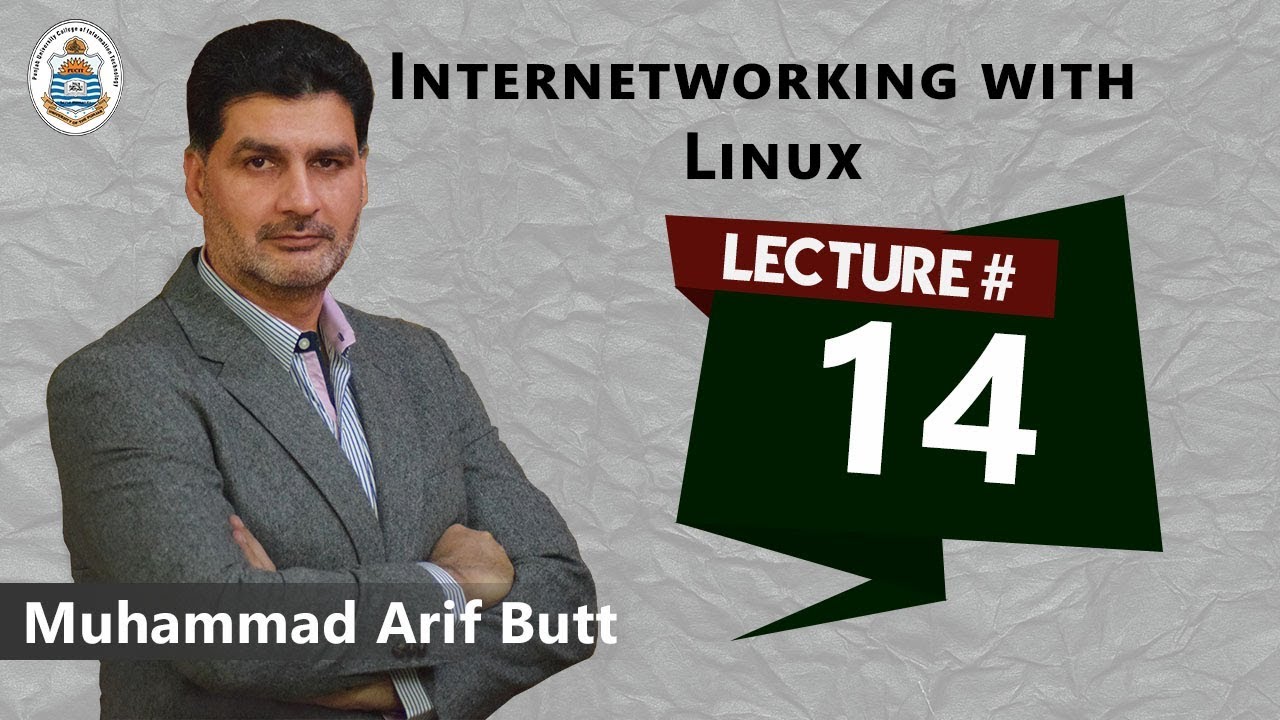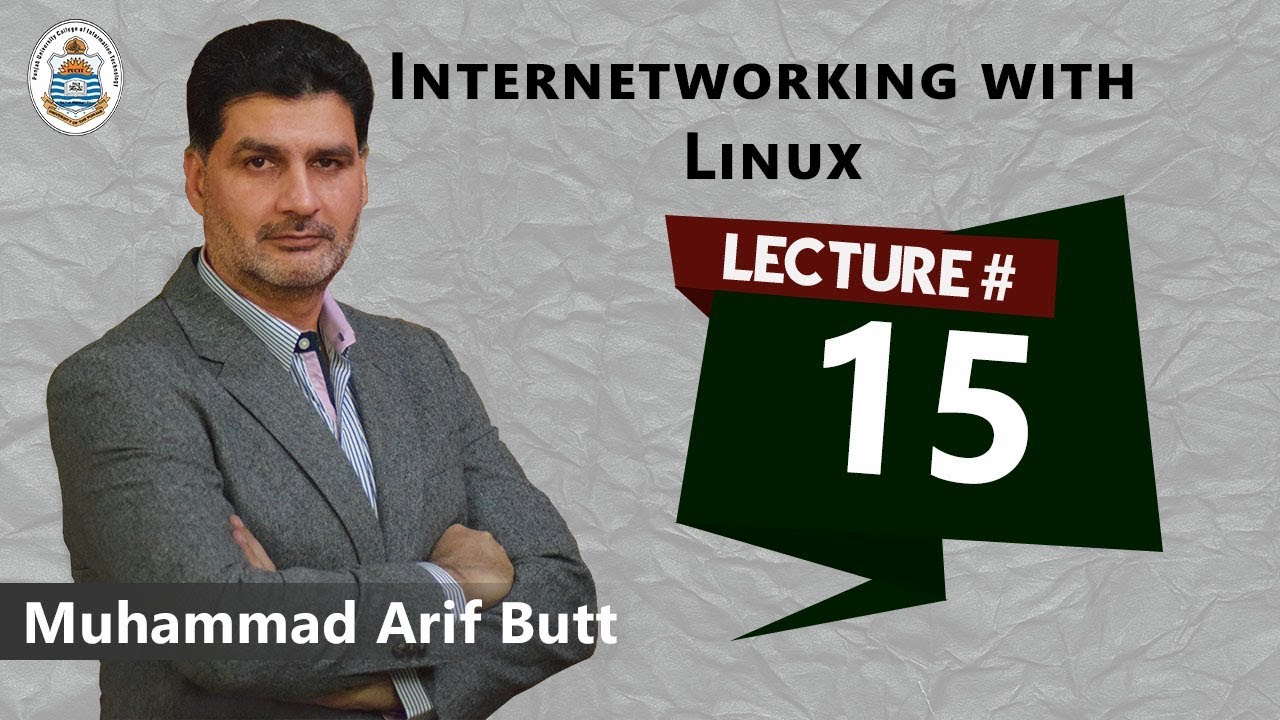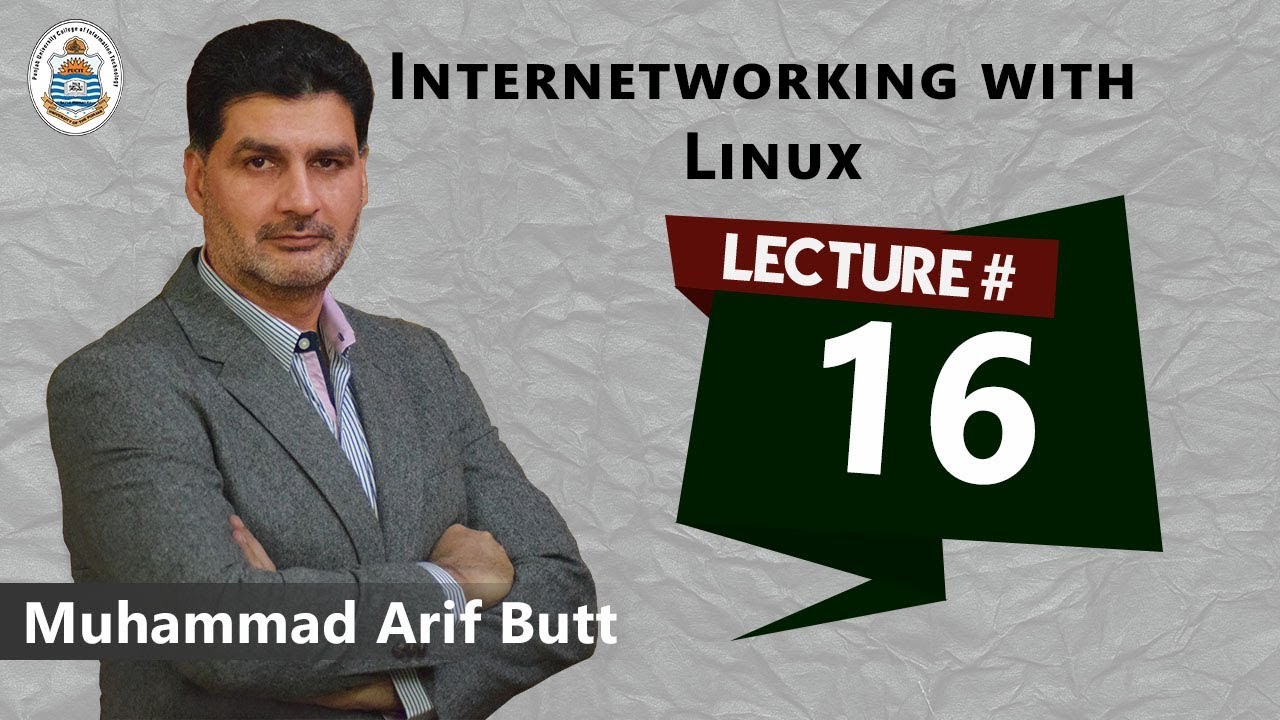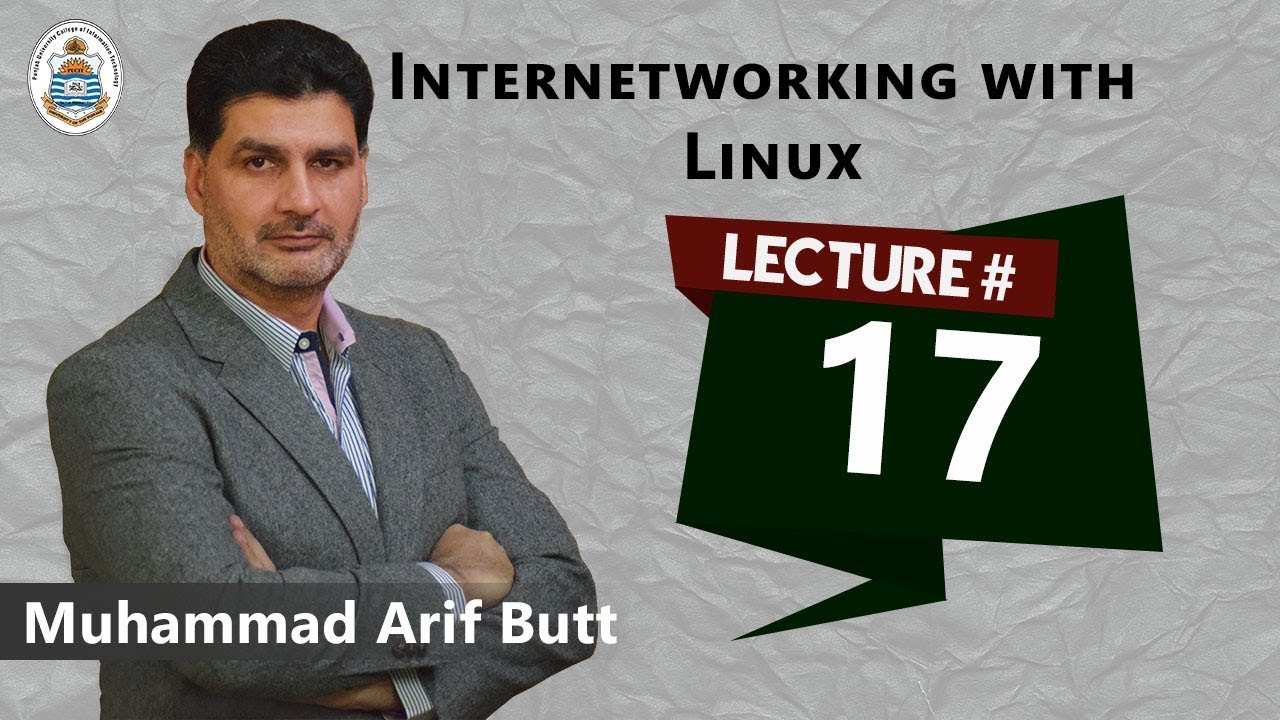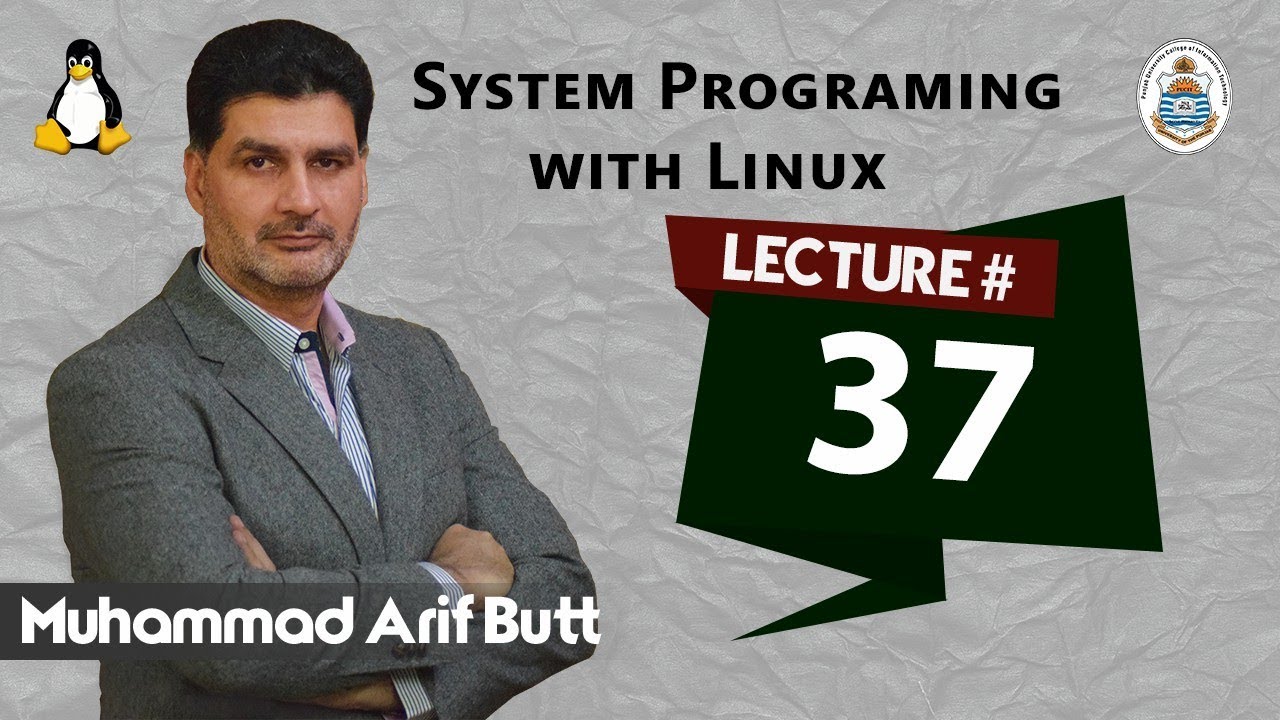
Lec37 Socket Programming Part-IV (Arif Butt @ PUCIT)
This session starts with a discussion on concurrent servers and their advantages. What happens when multiple echo client accesses an iterative echo server. A concurrent echo server is designed using three techniques. Using fork(), then using pthread_create() and finally using the famous select() system call. The need of concurrent clients is also discussed in the end.
Email: arif@pucit.edu.pk
Example Codes: https://bitbucket.org/arifpucit/spvl-repo/src
